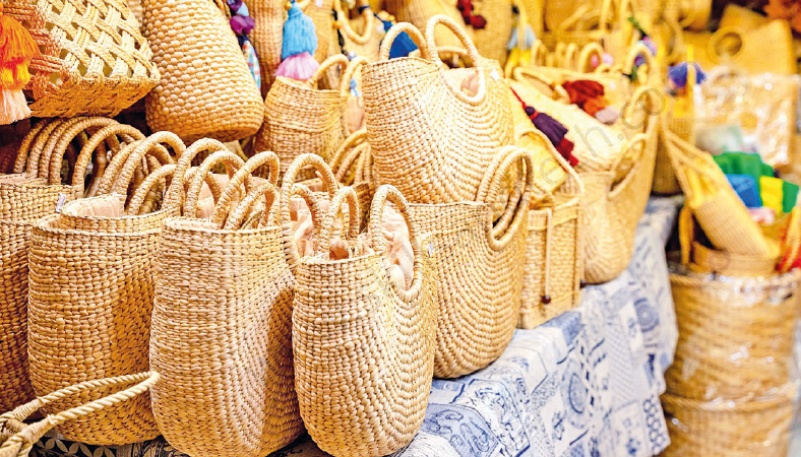
Introduction
Often referred to as the “Golden Fiber”, jute has long been a cornerstone of Bangladesh’s agricultural and export economy. As one of the largest producers and exporters of raw jute and jute goods in the world, Bangladesh has built a strong global reputation for this eco-friendly and versatile natural fiber.
Despite the rise of synthetic alternatives, jute remains highly valued in international markets for its sustainability, biodegradability, and multi-purpose applications — making it a key player in the growing global demand for environmentally friendly products.
Jute: An Export Legacy
Jute and its diversified products have been part of Bangladesh’s trade portfolio since the country’s independence. Today, it continues to be a major export commodity, especially to countries such as India, China, Turkey, Egypt, and the European Union.
In recent years, jute product exports have generated over $1 billion annually, contributing significantly to the country’s foreign exchange earnings and rural employment.
Major Jute Products Exported
Bangladesh’s jute exports include both raw jute and a wide range of manufactured goods, such as:
🟢 Raw jute
🟢 Jute yarn and twin
🟢 Jute sacks and bags
🟢 Hessian and sacking cloth
Diversified jute products like mats, rugs, handbags, decor items, and geo-textiles. With innovation and design improvements, Bangladeshi manufacturers are increasingly tapping into high-value, eco-conscious markets.
Why Jute Matters Globally
- Sustainability: As climate concerns grow, jute is celebrated as a green alternative to plastics.
- Versatility: From agriculture and construction to fashion and home décor, jute’s uses are expanding rapidly.
- Affordability: Jute products are cost-effective while offering strength and durability.
- Biodegradability: Unlike synthetic materials, jute naturally decomposes, reducing environmental waste.
Government Support & Industry Growth
The Government of Bangladesh has taken steps to revitalize the sector by:
- Encouraging diversified jute product (DJP) production
- Offering cash incentives on exports
- Promoting jute through trade fairs and international campaigns
- Introducing policies like the Mandatory Packaging Act, which requires jute use in packaging of key commodities
- These efforts aim to make Bangladesh a global hub for eco-friendly jute products.
Challenges and Opportunities
Despite its strengths, the industry faces challenges including:
- Inconsistent quality control
- Limited R&D for value-added products
- Dependence on seasonal harvests
- However, growing international demand for sustainable alternatives opens up vast opportunities. Investing in product innovation, branding, and market diversification will be crucial for future growth.
Conclusion
Jute remains more than just a traditional commodity for Bangladesh—it’s a strategic export with immense potential in a world increasingly shifting toward sustainable consumption. With global support for green materials on the rise, Bangladesh’s jute sector is well-positioned to thrive as a leader in eco-conscious trade.